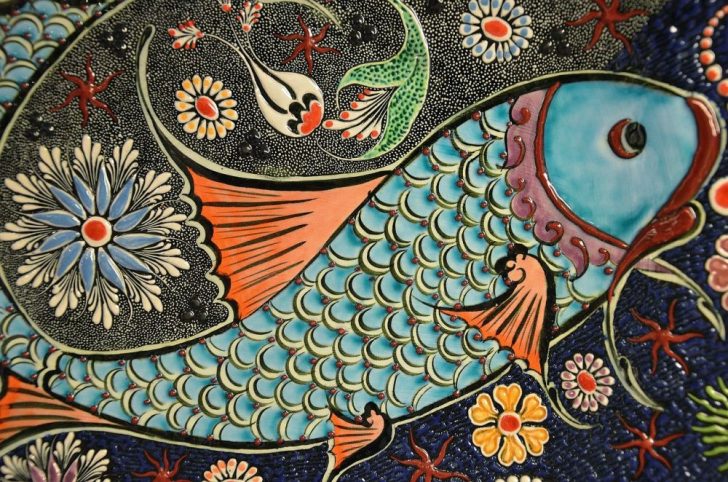Finska formgivare Exploring the Creative Minds of Finland

Finska formgivare – En Djupdykning i Det Kreativa Landskapet i Finland
Introduction:
Finland, a nation known for its rich design heritage, has produced some of the most innovative and influential designers in the world. This article aims to provide a comprehensive overview of the world of Finnish designers, exploring what Finnish design is, the various types, popular designers, quantitative measurements, differences between designers, and a historical analysis of their advantages and disadvantages.
I. An Overview of Finnish Designers:

Finnish design is renowned for its simplicity, functionality, and timeless aesthetic. It is deeply rooted in the country’s cultural identity and embraces the principles of sustainability and minimalism. Finnish designers excel in various fields, including furniture, textiles, architecture, and product design. Their work often reflects a harmonious blend of form and function, with a focus on natural materials and clean lines.
II. Exploring Finnish Designers:
a. Furniture Design: Finnish designers have made significant contributions to the field of furniture design. Iconic figures such as Alvar Aalto and Eero Saarinen have left a lasting impact with their innovative designs, characterized by organic shapes and innovative use of materials.
b. Textile Design: Finnish textile designers are esteemed for their ability to merge traditional craftsmanship with contemporary aesthetics. Names like Marimekko and Armi Ratia have played a pivotal role in popularizing Finnish textiles globally, thanks to their bold patterns and vibrant colors.
c. Architecture: Finland is home to numerous architectural gems, crafted by talented designers like Eliel Saarinen and Viljo Revell. Their buildings exhibit a harmonious integration with the surrounding environment, showcasing Finnish design principles of simplicity and functionality.
d. Product Design: Finnish designers have excelled in creating everyday products that combine practicality, aesthetics, and sustainability. Examples include iittala’s glassware and Fiskars’ iconic scissors, which have become synonymous with exceptional design and functionality.
III. Quantitative Measurements of Finnish Designers:
Finnish design has gained international recognition and has been acknowledged through various measurements. Finnish designers have received numerous prestigious awards, including the Compasso d’Oro, Red Dot Design Award, and the Finlandia Prize for Architecture. The country’s design industry contributes significantly to its economy, both through exports and domestic consumption. Furthermore, Finnish design brands have successfully established a global presence, with products available in renowned design stores worldwide.
IV. Uniqueness Among Finnish Designers:
Finnish designers possess unique styles and approaches that set them apart. Some designers focus on minimalism and simplicity, while others embrace bold colors and experimental forms. Additionally, Finnish designers often draw inspiration from nature, resulting in designs that seamlessly blend with their surroundings. This diverse range of approaches allows for a rich and dynamic design scene in Finland.
V. Historical Overview of Advantages and Disadvantages:
Over the years, Finnish designers have faced both advantages and disadvantages. One advantage is the deep-rooted appreciation for design in Finnish culture, which has fostered creativity and innovation. Additionally, the close collaboration between designers, craftsmen, and manufacturers has resulted in high-quality and locally produced design. However, limited resources and a small domestic market size have posed challenges for designers seeking international recognition. Despite these challenges, Finnish designers have overcome obstacles and carved a unique space for themselves on the global design stage.
Conclusion:
Finnish designers have made an indelible mark on the world of design, with their innovative, functional, and sustainable approach. Their work can be seen in homes, public spaces, and international design exhibitions. By embracing simplicity, nature, and local craftsmanship, Finnish designers have created a design language that resonates with people worldwide. Through this article, we have explored the broad spectrum of Finnish design, its various types, popular designers, quantitative measurements, differences between designers, and a historical overview of advantages and disadvantages. Finnish designers continue to inspire and shape the design landscape, making Finland a hub of creative genius.
FAQ
How has Finnish design been recognized internationally?
What is Finnish design known for?
Who are some famous Finnish designers?
Fler nyheter
Körkortsfoto på Östermalm: En guide till perfekta ID-bilder
Finska formgivare – En Djupdykning i Det Kreativa Landskapet i Finland Introduction: Finland, a nation known for its rich design heritage, has produced some of the most innovative and influential designers in the world. This article aims to pro...
30 oktober 2025
Fotograf i Umeå: Fånga livets skönhet genom linsen
Finska formgivare – En Djupdykning i Det Kreativa Landskapet i Finland Introduction: Finland, a nation known for its rich design heritage, has produced some of the most innovative and influential designers in the world. This article aims to pro...
30 september 2025
Föreviga din kärlekshistoria med en bröllopsfotograf
Finska formgivare – En Djupdykning i Det Kreativa Landskapet i Finland Introduction: Finland, a nation known for its rich design heritage, has produced some of the most innovative and influential designers in the world. This article aims to pro...
02 augusti 2025
Passfoto Vällingby: en guide till snabbt och smidigt foto
Finska formgivare – En Djupdykning i Det Kreativa Landskapet i Finland Introduction: Finland, a nation known for its rich design heritage, has produced some of the most innovative and influential designers in the world. This article aims to pro...
03 februari 2025











